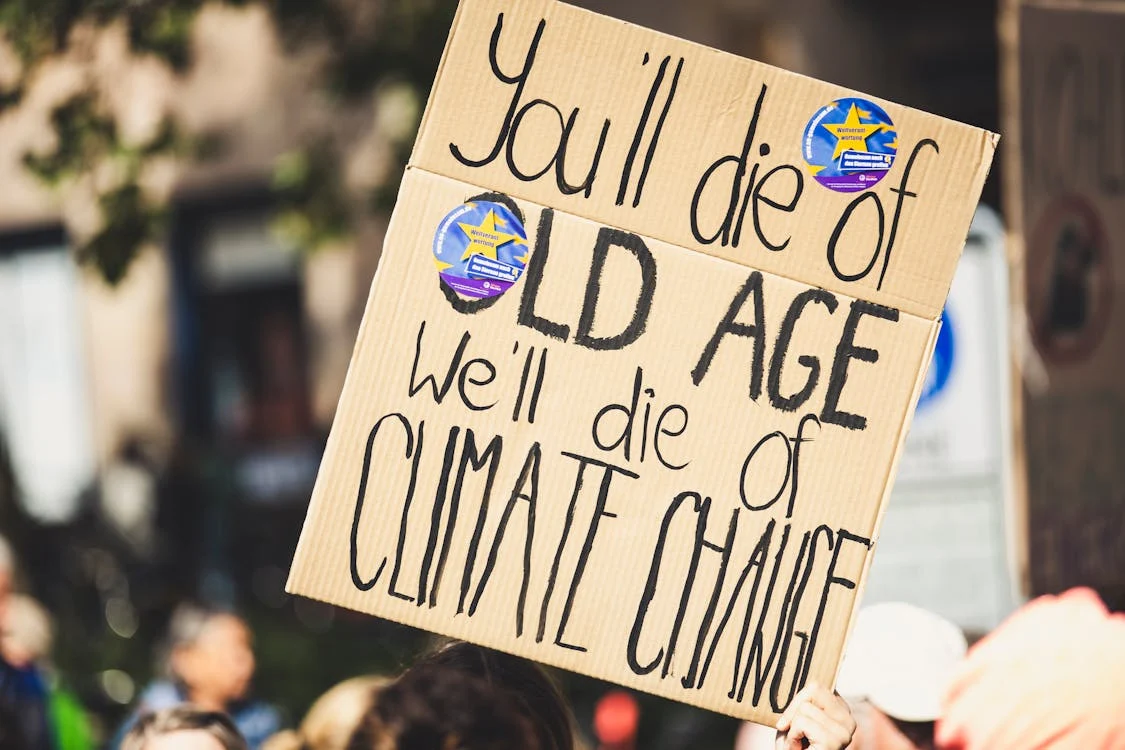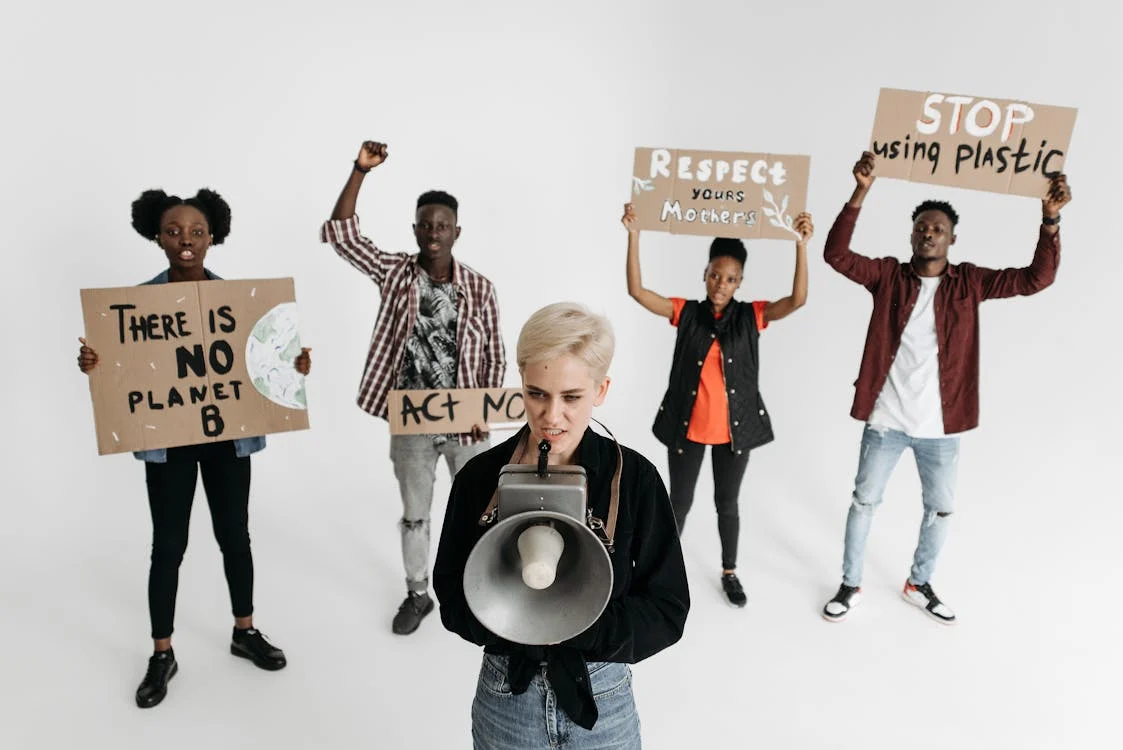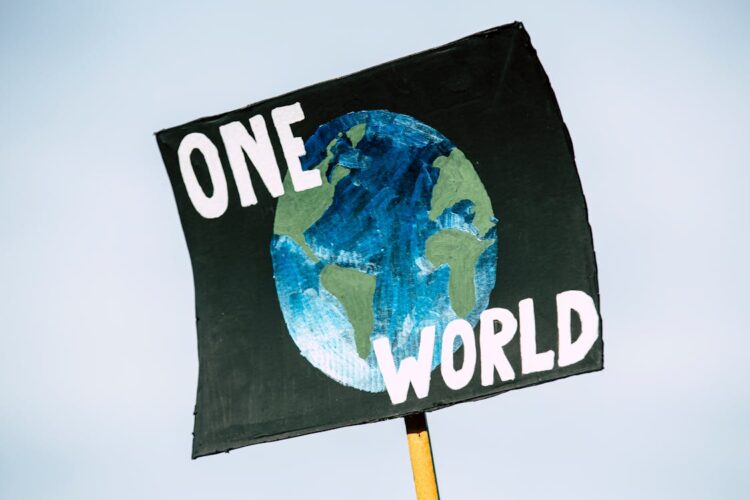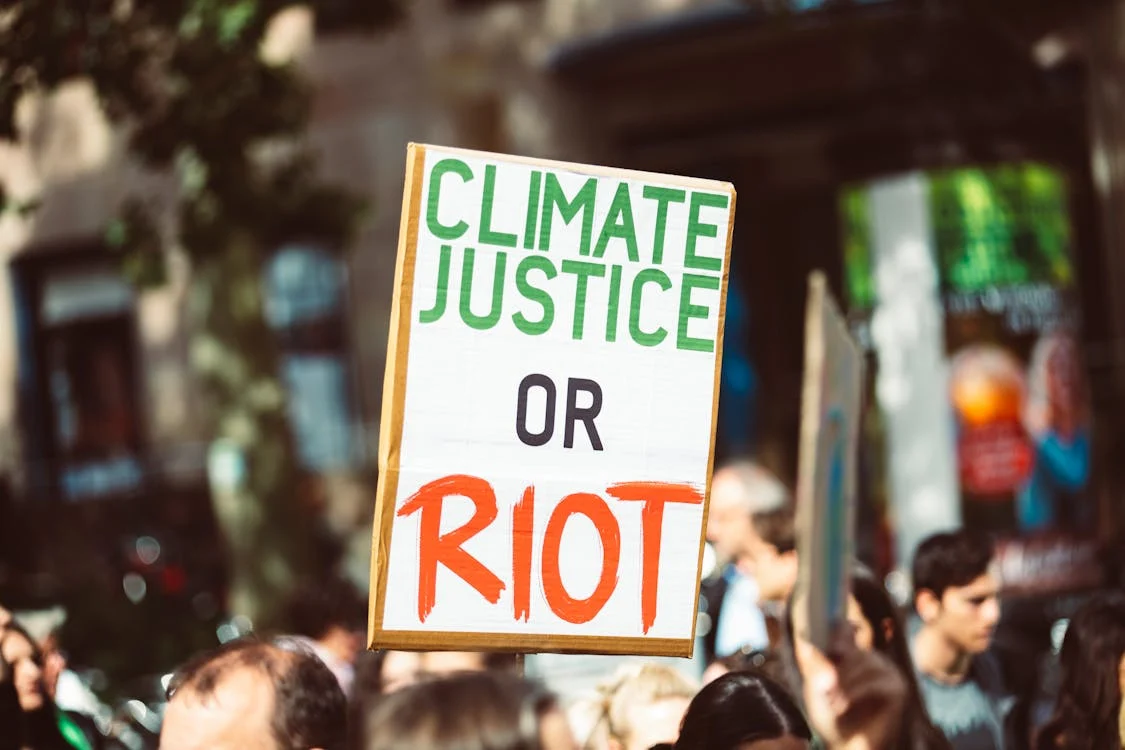On a warm summer afternoon, the sun poured through the leaves of a massive oak tree, casting intricate patterns on the ground. A group of children gathered beneath its expansive canopy, their laughter blending with the rustling leaves above. For them, nature was not just a backdrop to play; it was a haven teeming with life and possibility.
Fast-forward to today, that very oak tree stands surrounded by concrete and steel, its branches struggling to thrive amid an encroaching urban landscape. This stark contrast between the past and the present embodies the urgent reality faced by our planet as climate change accelerates. The efforts of environmental activists are now more critical than ever in shaping a sustainable future for generations to come.
The evolution of climate change activism reflects a growing recognition of the interconnectedness between human actions and ecological well-being. In 2021, a Pew Research Center survey revealed that 64% of Americans consider climate change to be a pressing issue requiring immediate resolution. The increasing engagement in sustainability movements highlights a collective consciousness awakening, particularly among youth seeking meaningful change. If you want to find more details on eco-friendly activities, read more here.
Understanding how environmental activists are shaping the future of our planet is essential to grasp the various forces at play in this ongoing struggle for balance and harmony.
Table of Contents
Key Players in Environmental Activism

The landscape of environmental activism features a diverse array of influential voices and organizations shaping the movement. Among these, youth leaders significantly drive awareness and action, inspiring their peers and older generations alike. They tackle pressing climate issues with passion and urgency, creating a ripple effect in communities worldwide.
Youth Leaders Leading the Charge
Young activists bring fresh perspectives and a sense of urgency to environmental issues. Figures like Greta Thunberg have captured global attention, mobilizing millions to participate in strikes and awareness campaigns. Their influence extends beyond public protests, as many youth leaders engage in dialogue at international forums, advocating for sustainable practices and climate justice.
Major Organizations and Their Impact

Environmental organizations play a crucial role in advocating for change and implementing sustainable policies. Groups such as the Sierra Club and Greenpeace stand out as major players in activism, investing in education, conservation, and lobbying efforts. Their collaborative work addresses a wide range of issues, from plastic pollution to climate change, leading to shifts in public perception and policy frameworks.
| Organization | Focus Area | Key Initiatives |
| Sierra Club | Conservation and Clean Energy | Beyond Coal, Ready for 100 |
| Greenpeace | Climate Change and Ocean Protection | Save the Arctic, Detox My Fashion |
| World Wildlife Fund | Earth Hour, Living Planet Report | |
| 350.org | Climate Change Advocacy | Global Climate Strikes, Fossil Free Campaign |
Global Climate Strikes, Fossil Free Campaign
The commitment of youth leaders and these powerful environmental organizations has elevated environmental activism to new heights. As their efforts intersect, they mark a significant chapter in the ongoing fight for a sustainable future.
How Environmental Activists Are Shaping the Future of Our Planet

Environmental activists are playing a crucial role in forming a sustainable future through collective action and the push for robust environmental legislation. These movements unite individuals and communities, amplifying their voices to influence climate policies effectively, placing substantial pressure on governments and corporations to act responsibly.
The Power of Collective Action
Collective action serves as a formidable tool in the hands of environmental advocates. By joining forces, activists have mobilized masses to demand accountability from policymakers and industries. This unity enhances engagement and fosters a sense of shared responsibility toward mitigating climate change.
Influencing Climate Policies and Legislation

Through persistent advocacy, activists have significantly influenced climate policies and environmental legislation. Notably, the reentry of the United States into the Paris Agreement underscores the effectiveness of collective advocacy in steering governmental priorities toward climate action. Activists’ sustained pressure has led to pivotal legislation aimed at curbing greenhouse gas emissions. These efforts highlight the interconnectedness of public sentiment and policy change.
| Type of Action | Impact on Climate Policy | Examples |
| Grassroots Campaigning | Increases public awareness and pressure on officials< | March for Our Lives, Climate Strikes |
| Legal Challenges | Holds governments and corporations accountable | Cases against fossil fuel companies |
| Public Demonstrations | Draws media attention and galvanizes support | Global Climate Strike events |
Campaigns and Movements Making a Difference
Environmental activism encompasses various campaigns addressing pressing issues faced by the planet. Efforts focused on plastic pollution awareness and reforestation campaigns illustrate the commitment of individuals and organizations to foster a sustainable future. These initiatives have not only educated the public but have also inspired significant changes in both behavior and policy.
Plastic Pollution Awareness Initiatives
Organizations around the world are taking bold steps to raise plastic pollution awareness. Campaigns emphasize the detrimental effects of plastic waste on ecosystems and highlight practical solutions for reduction. Engaging the community through workshops, social media, and events, advocates aim to create lasting change in consumer behavior and promote sustainable practices.
- Educational programs in schools to inform students about plastic waste
- Social media challenges encouraging plastic-free days
- Beach clean-up events fostering community involvement
Reforestation Campaigns and Their Benefits

Reforestation campaigns emerge as essential strategies in the global fight against climate change. These initiatives aim to restore native forests and enhance biodiversity while providing various ecological and economic benefits. By involving local communities, these movements emphasize the importance of sustainable land use and conservation.
- Increased carbon sequestration, reducing greenhouse gases
- Improved soil health and water retention
- Creation of jobs in forest management and conservation.
| Campaign Name | Focus Area | Impact |
| Trash Free Seas | Plastic Pollution Awareness | Establishment of educational programs and beach clean-up initiatives |
| One Tree Planted | Reforestation | Over 10 million trees planted worldwide, enhancing biodiversity |
| Plastic Free July | Plastic Pollution Awareness | Global participation in reducing single-use plastic consumption |
| The Nature Conservancy | Reforestation | Restoration of critical habitats through community involvement |
Conclusion
As explored throughout this article, environmental activism plays a vital role in steering the planet toward a sustainable future. Activists have become increasingly essential in mobilizing public support and actively influencing policy as climate change presents formidable challenges to societies worldwide. They harness the power of collective action, driving grassroots initiatives that not only raise awareness but also ignite change at the local, national, and global levels.
